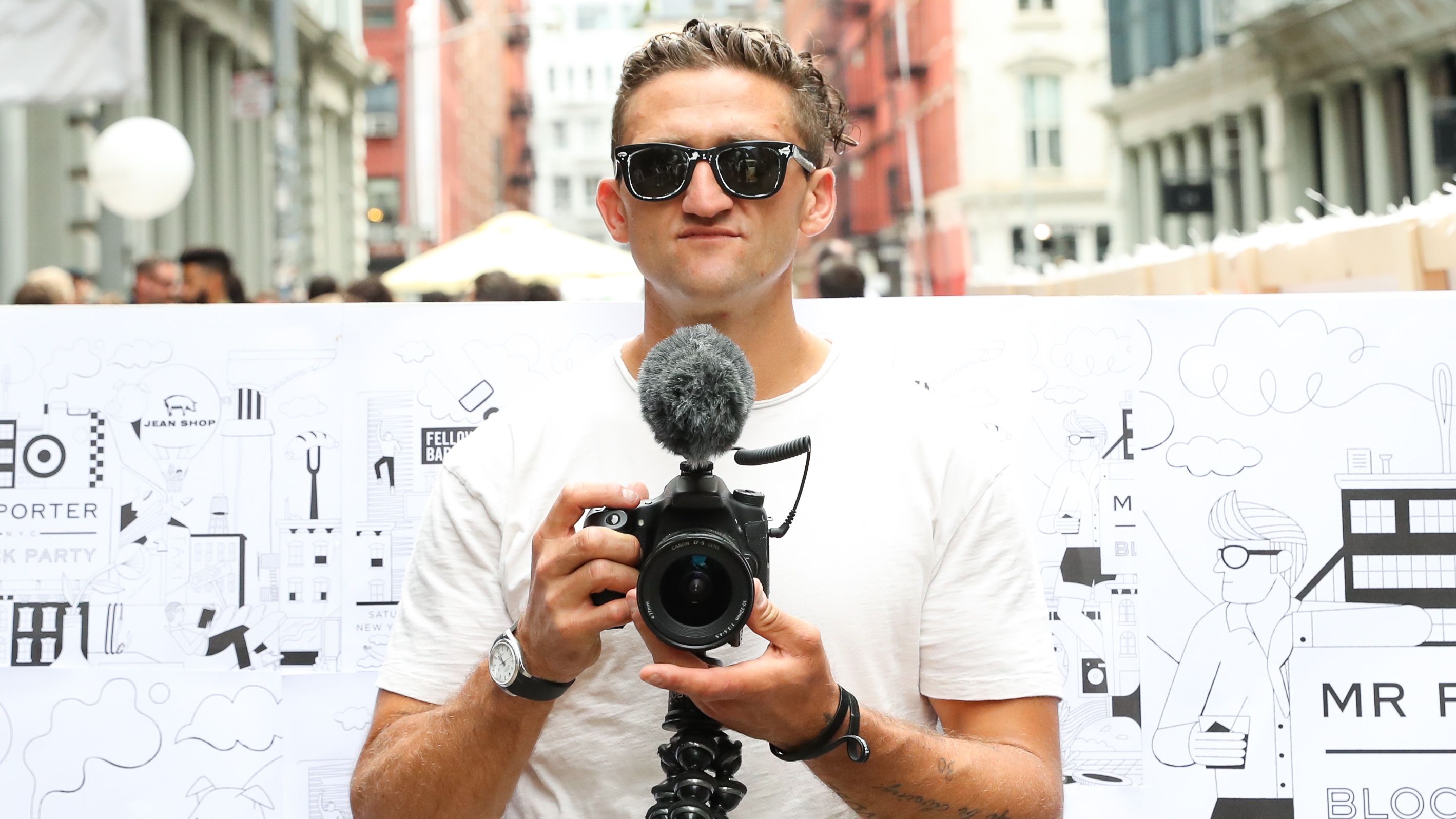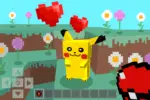We live in a consumerist society. This is not a suggestion, or a simple musing, but an honest fact. We, as Americans, live in a world where it is normal to personally consume as much as possible, whether it be food, money, television and most surprisingly, people.
Reality television, formerly known as “non-scripted situational shows,” have been around since the late 1940s and early ’50s, but this generation best remembers the big boom of reality shows back in the 1990s and early-to-mid 2000s. Shows such as Paris Hilton and Nicole Richie’s “The Simple Life,” “Big Brother” and “The Real World” showed hot, young adults living out what were seemingly their real lives, but happened to have it all filmed on camera.
“Big Brother” and “The Real World” were so interesting and popular because they were filmed hidden-camera style, allowing viewers to watch what seemed to be every move the contestants made, from major cat fights to secret kitchen hookups.
As time progressed, the style and nature of reality television changed along with America and its demands. Reality game shows, such as “American Idol” and “America’s Next Top Model,” were created and basically followed talented contestants from their humble beginnings all the way up to their explosion onto the Hollywood scene.
Wildly popular (even to this day) reality dating show “The Bachelor”/”The Bachelorette” follows a group of women/men as they vie for the affection, love and roses of that season’s Bachelor/Bachelorette, while also chugging copious amount of alcohol, traveling to exotic locations and getting into screaming matches with each other.
Out of all of these, the most popular style of reality television is the one that follows a set group of people in their daily lives. Think “The Newlyweds,” “The Osbournes” and most notably, “Keeping Up with the Kardashians.” These shows are extremely popular not because they rely on cat fights, prizes or even necessarily talent, but because they give nosy Americans a wide-lens view into a world and life that they will most likely never personally experience.
According to Complex, “Keeping Up with the Kardashians” is the second most popular reality show because, let’s face it, Americans put them there. When the show began in 2007, Kim Kardashian was merely a girl that had made a sex tape with Ray J and her father had been O.J. Simpson’s defense lawyer. Now, it is difficult to go even one day without the mention of Kim Kardashian, or any part of the Kardashian clan, really.
The popularity of “Keeping Up with the Kardashians” has spawned numerous spin-off shows, multiple beauty deals, clothing lines and so many other money-sucking businesses that it’s impossible to list them all. Essentially, the Kardashians have built their multi-billion dollar empire off of Americans’ obsession with other people’s lives.
However, within the past five years, the way media is being consumed has switched from the medium of television to a platform that is much more compact and portable: the internet. From social media stars to YouTube personalities, a new generation of creators are taking over and have developed a new style of reality show, known as vlogging.
Vlogging, or rather video blogging, basically entails a person carrying around a camera and recording their everyday life, which is typically non-scripted. Since YouTube and other platforms allow direct communication between vlogger and viewer, such as through the video’s comment section, it is much easier for viewers to connect with and become attached to this style of media. Similar to reality television, vloggers all have their own unique styles that can range from aesthetically artsy to comedic skits.
David Dobrick, originally of Vine fame, is currently one of the most popular YouTube “vloggers” in the space. I use vlogger as more of a loose term, because what David films is not always real. He is better known for a style of sketch comedy vlog, where he and his friends get together to do silly pranks on each other or make dramatic situations.
However, much of what David films is still real, such as his friendship with Nickelodeon star Josh Peck or his relationship with fellow YouTuber Liza Koshy. He is loved for not only his pranks and occasionally evil humor, but his true love and generosity for his friends and those around him.
Most recently, David gifted around $10,000 to his housekeeper Chiqui that he made from selling merchandise with her likeness on it. He is extremely popular with young people, mainly teenage girls, not only because he is young, attractive and has many young and attractive friends, but he also makes quality content with humor that is made for both teens and young adults.
On the opposite spectrum of vloggers is YouTuber Julien Solomita. Jenna Marbles’ (of very, very original YouTube fame) boyfriend Julien first became popular in the space due to Jenna’s Wednesday videos and his occasional inclusion in them. Over time, Julien built up his own channel, filming a behind-the-scenes view of his and Jenna’s relationship, their activities together and even their dogs. Julien’s videos focus on time-lapse, sky views and have a generally more artsy feel than some of his peers.
He has gained so much success in this field that he has partnered with companies like Mike’s Hard Lemonade and drone supergiant DJI. More recently, Julien just started his own company, “Waffsicle,” with his friend Collin Duddy that focuses on taking last-minute trips and documenting the excursion with a vlog-style video. Julien’s style of vlogs appeals not only to teens that love Jenna Marbles, but also adults with an eye for art and aesthetically pleasing videos, which makes him one of the most popular and fastest-growing creators on the platform.
Although I only explored two styles of vlogging in this piece, there are many more that exist in the YouTube space. Family vloggers, such as Shay Carl, follow the daily lives of parents and their ever-growing brood, while Storytime vloggers, such as Trisha Paytas, tell wild and crazy stories that might be true, but mostly border more on dramatized. In general, vloggers of all styles are available in genres that reality television only wishes it could copy.
Reality television has definitely seen a dip in the past few years, while platforms such as YouTube and its content creators have mainly seen a consistent increase. Except for “Keeping Up with the Kardashians” and “The Bachelor,” it seems that reality television is becoming irrelevant and edging on obsolete. Which begs the question, will vloggers be our new “Real World,” and what will that mean for our future generations and how they consume the lives of others?

















